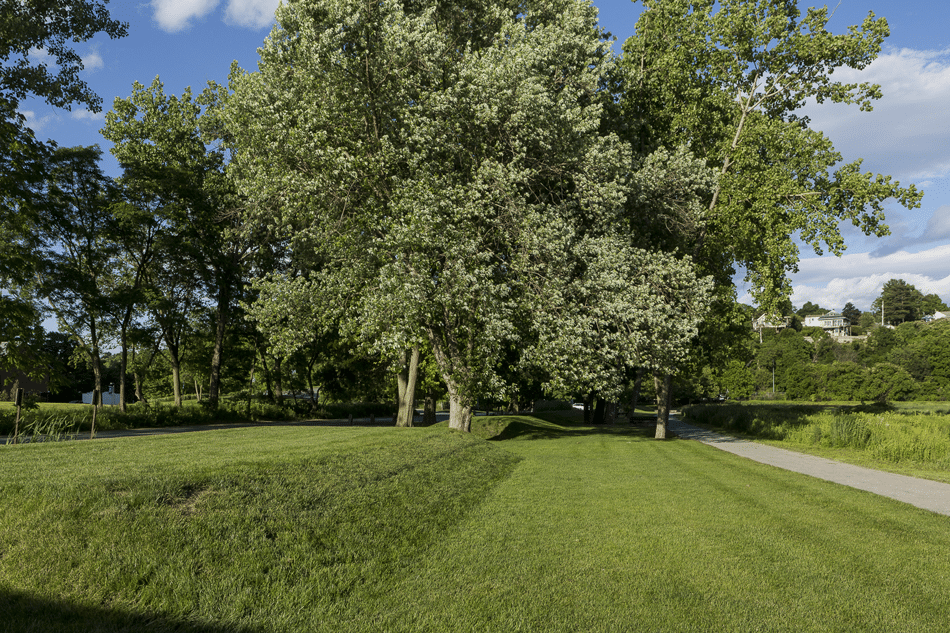How Aeration Supports Your Lawn and When You Should Do It
Done timely and well, aeration supports your lawn throughout the entire year. First, it alleviates soil compaction. Second, it lessens thatch buildup. Finally, it allows effective access to air, water, and nutrients, which allow your grass to grow healthy and full. In this post, Maple Leaf Associates Inc. shares why your lawn needs aerating and when you should do it.

Alleviates Soil Compaction
How do you know if your lawn is compacted? Take a screwdriver and push it into the ground. The screwdriver should enter the earth fairly easily with pressure. If it doesn’t, you have a compaction issue.
Surprisingly, compaction happens easier than you may think. Children playing in the yard, lawn equipment, furniture, and even pets tracking over the yard can all cause compaction. Additionally, clay soil compounds the issue. The issue is that when soil compacts, it impedes the flow of essential nutrients to the grass roots.
Even 1/4 to 1/2-inch thick soil compaction can wreak havoc on your lawn. Without access to the essentials, grass can slowly die. Not only that, but it also can’t withstand the stress of drought and heat. Eventually, your lawn loses its color, becomes weak and sparse, and dies off in spite of its close proximity to its basic needs.
Provides Access to Air, Water, and Nutrients
We’ve covered how access to oxygen, water, and nutrients is essential to the healthy growth of thick, beautiful grass. Aeration supports your lawn by creating this access. Specifically, aeration punches holes into the soil in strategically spaced distances so that water, nutrients, and air can reach and penetrate the grass roots. The process provides much-needed relief from being choked out of direct access to what your lawn needs, but can’t reach.
Lessens Thatch Buildup
Do you ever notice the dead waste matter that accumulates just above the soil at the base of the grass? It’s called thatch. The more it accumulates, the more it produces the same effects as compaction. Certain grasses, such as Kentucky Blue Grass, produce more thatch than others. Fortunately, aeration also addresses this issue.
When and How To Aerate
Even a single aeration session can open the avenue for essentials to reach their mark and put your lawn back on an upward trend, but timing is essential. Grass can stress if you aerate at the wrong time. Aeration supports your lawn when it occurs at the following times:
1. Early fall or early spring (for northern grasses).
2. During active grass growth (never during dormancy).
3. When soil is moist, but not over-saturated.
Aeration plays a critical role in the health of your lawn and the degree of maintenance it requires throughout the year. For this reason, we recommend using our professional lawn care services to ensure the health and vitality of your lawn. If you’re a Westchester County homeowner, call Maple Leaf Associates today at (845)-526-2024 to schedule an appointment. Or, request a free quote online.